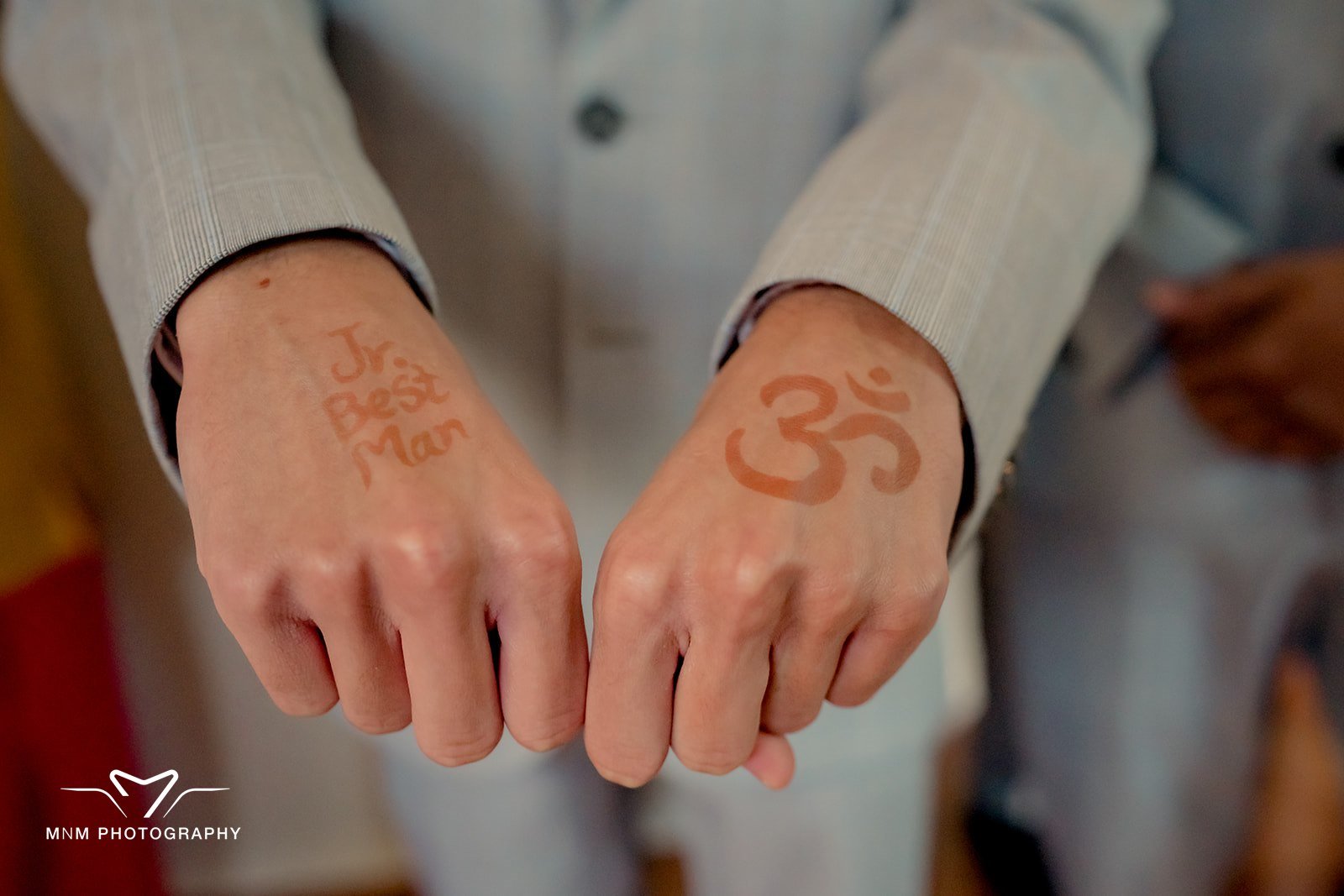Mehendi designs carry deep cultural and traditional meanings, especially in South Asian, Middle Eastern, and North African cultures. Common motifs like paisleys symbolize fertility and good luck, while peacocks represent beauty and grace, making them popular in bridal mehendi to reflect the bride's elegance. Flowers are often included to signify joy and new beginnings, while leaves and vines symbolize growth and vitality, filling spaces and connecting larger motifs.
Mandala patterns, representing the universe and unity, add a spiritual touch, while geometric patterns bring order and symmetry to the designs. Sun and moon motifs balance power and beauty, symbolizing harmonious relationships. Animals like elephants, fish, and birds each bring their unique symbolism, such as strength, wisdom, and freedom. Checkerboards add depth and represent life's dualities, and human figures like the bride and groom depict love and union.
In weddings, mehendi is a vital ritual, symbolizing love and happiness, with a belief that a darker stain indicates deeper love. It's a festive pre-wedding event full of music and celebration. Mehendi is also essential during festivals like Eid, Diwali, and Karva Chauth, marking these occasions with beauty. Additionally, it's used in rites of passage like puberty, marriage, and pregnancy, offering protection and good luck. Mehendi is also believed to have cooling properties, reducing stress and promoting calmness, while serving as a protective charm against evil spirits. Each design tells a story, carrying blessings and connecting the wearer to their cultural heritage.

